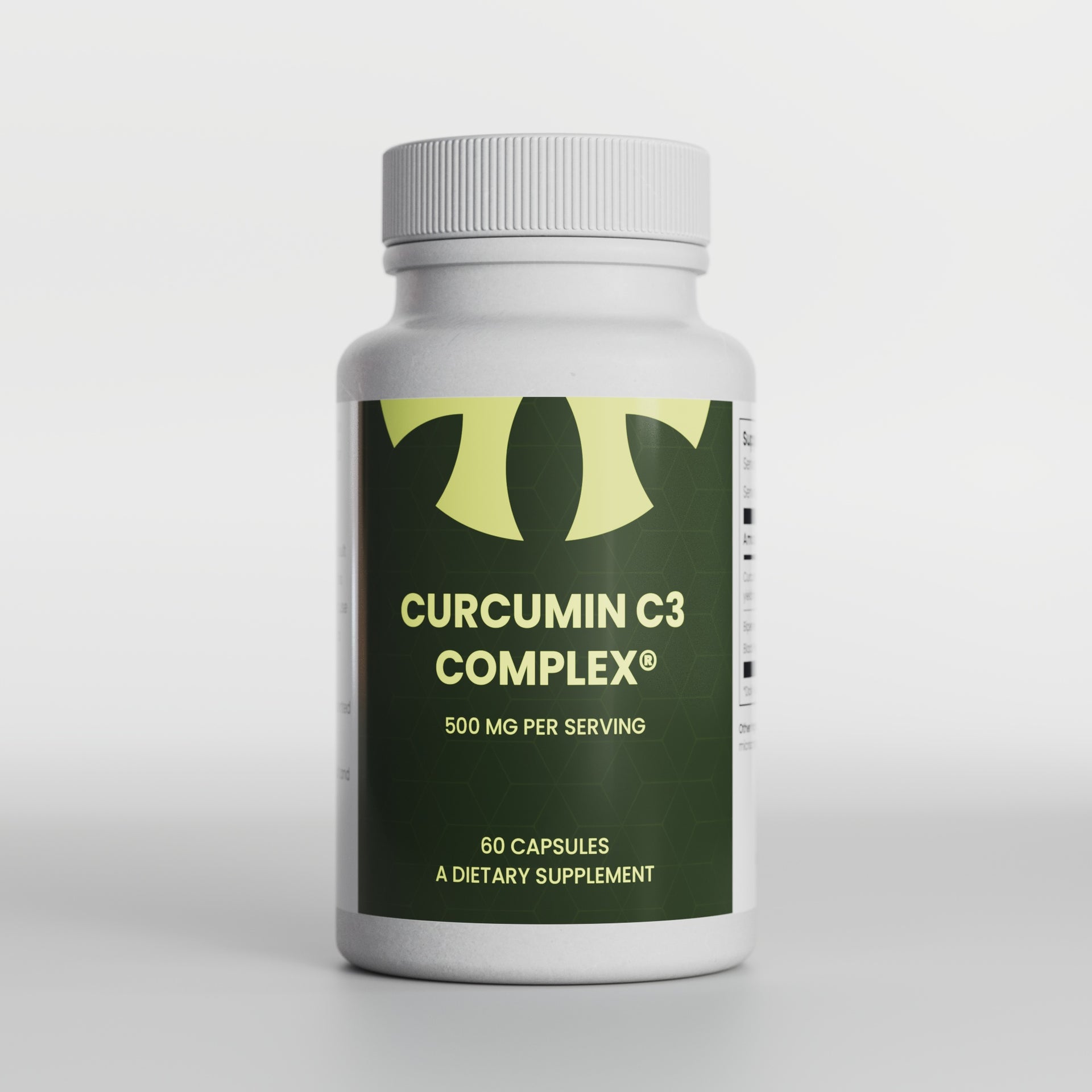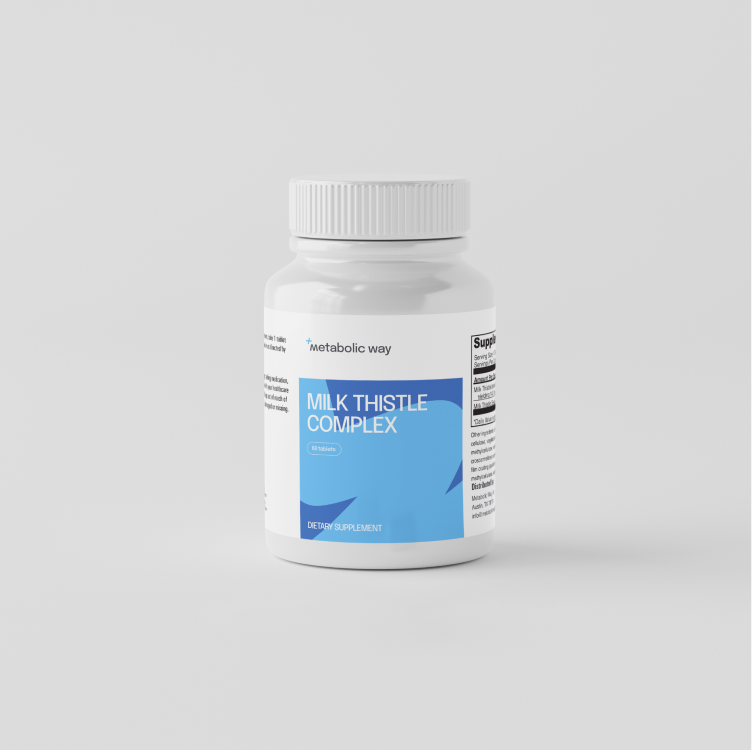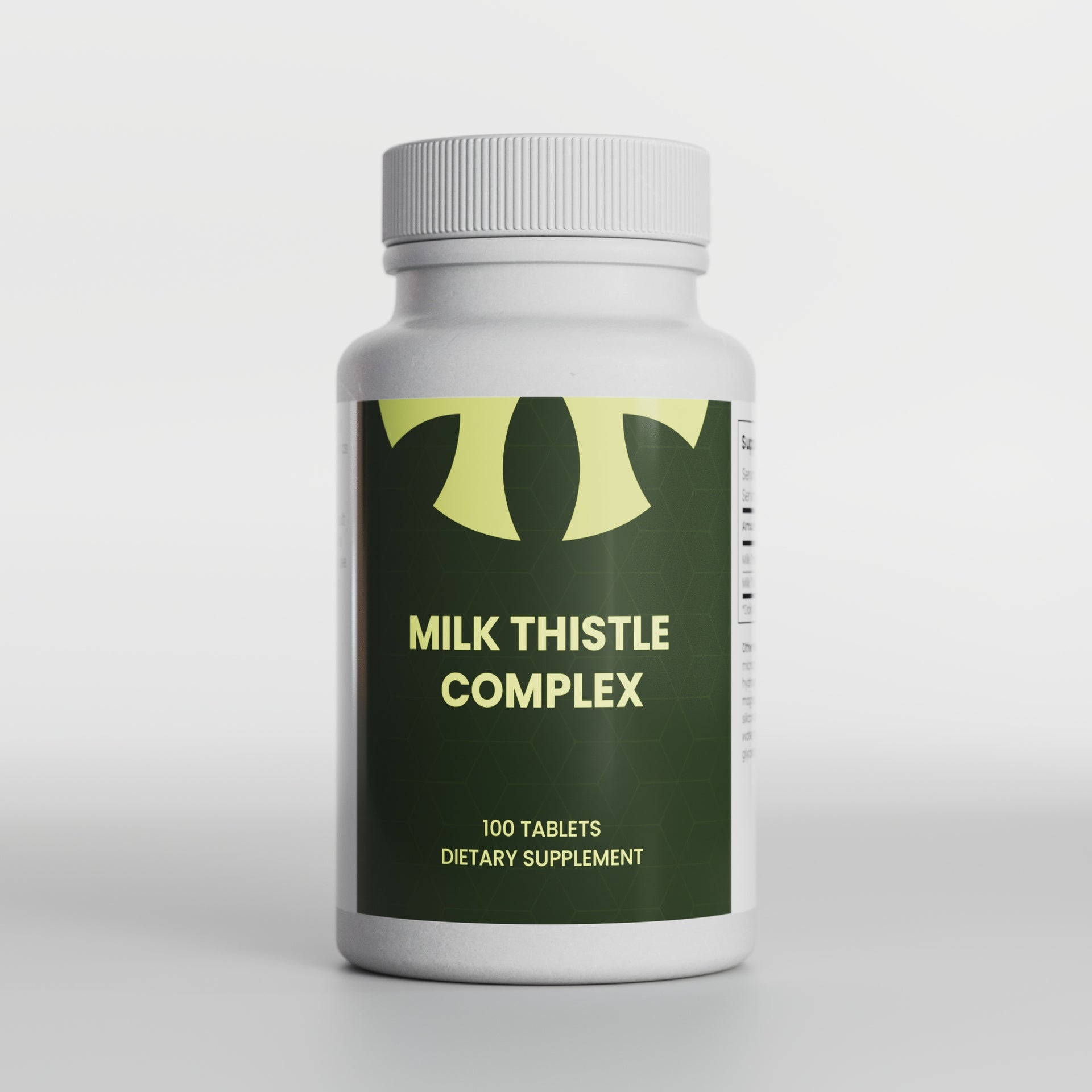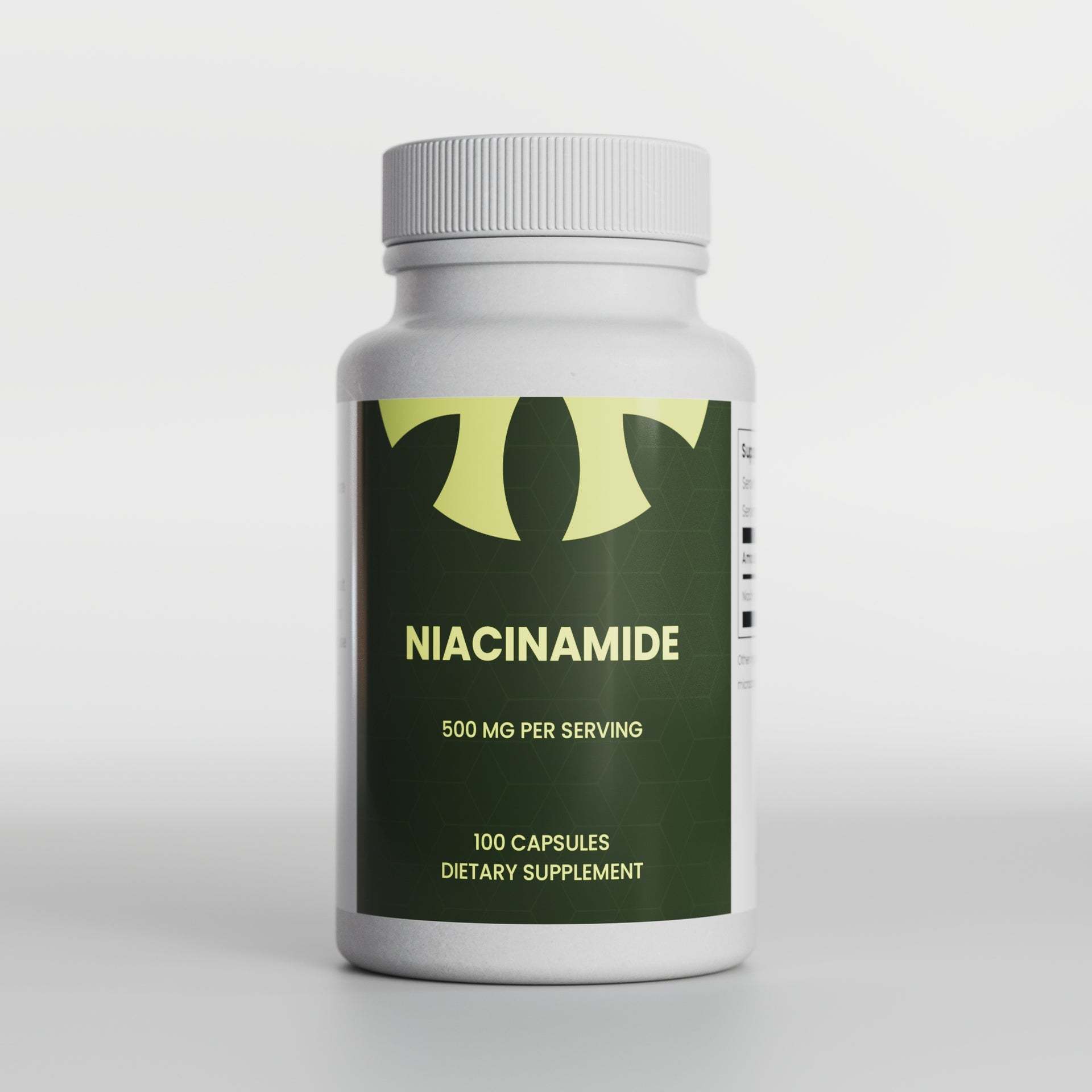Research Highlights:
Main Point 1: Low Vitamin D Levels and Increased Fracture Risk
Main Point 2: Consistency of Vitamin D Levels Matters Additional Points: Implications for Osteoporosis Prevention
Scientifically Reviewed by: Dr. [Reviewer Name, Credentials], in [Month, Year]
Introduction
Osteoporosis and fractures are significant health concerns, especially among older women. Recent research presented at the World Congress on Osteoporosis, Osteoarthritis, and Musculoskeletal Diseases has uncovered a compelling association between vitamin D levels and the risk of fractures in this demographic. Understanding this link is critical for advancing osteoporosis prevention and fracture risk management. In this article, we delve into the findings and their implications.
What You Need to Know
Point 1: Low Vitamin D Levels and Increased Fracture Risk A study involving older women revealed that those with consistently low vitamin D levels over five years faced a significantly greater risk of fractures, particularly hip fractures. This emphasizes the pivotal role of vitamin D in maintaining bone health and preventing fractures, especially among the elderly.
Point 2: Consistency of Vitamin D Levels Matters The study highlighted the importance of consistent vitamin D levels. Women with vitamin D levels consistently categorized as low had a notably higher risk of hip fractures compared to those with intermediate or high vitamin D levels.
Additional Points
- Implications for Osteoporosis Prevention: The findings underscore the significance of vitamin D in osteoporosis prevention and the importance of regular monitoring and supplementation when necessary.
Section 1: Vitamin D and Fracture Risk
Subsection 1.1: Study Details Examine the specifics of the study, including the number of participants, the duration of follow-up, and how vitamin D levels were categorized.
Subsection 1.2: Low Vitamin D Levels and Hip Fractures Discuss the study's key findings, particularly the increased risk of hip fractures associated with consistently low vitamin D levels.
Section 2: The Role of Vitamin D in Bone Health
Subsection 2.1: Vitamin D and Bone Health Explore the role of vitamin D in maintaining bone health and how it affects fracture risk.
Section 3: Consistency Matters
Subsection 3.1: The Significance of Consistent Vitamin D Levels Emphasize the importance of maintaining consistent vitamin D levels for fracture risk management.
Summary
The research presented at the World Congress on Osteoporosis, Osteoarthritis, and Musculoskeletal Diseases underscores the critical link between vitamin D levels and fracture risk among older women. Maintaining optimal vitamin D levels is not only essential for overall health but also plays a pivotal role in preventing fractures and reducing the burden of osteoporosis. Healthcare providers and individuals, especially older women, should consider regular vitamin D assessments and appropriate supplementation to mitigate fracture risks.
References:
- World Congress on Osteoporosis, Osteoarthritis, and Musculoskeletal Disease, Seville, Spain. Apr 4










